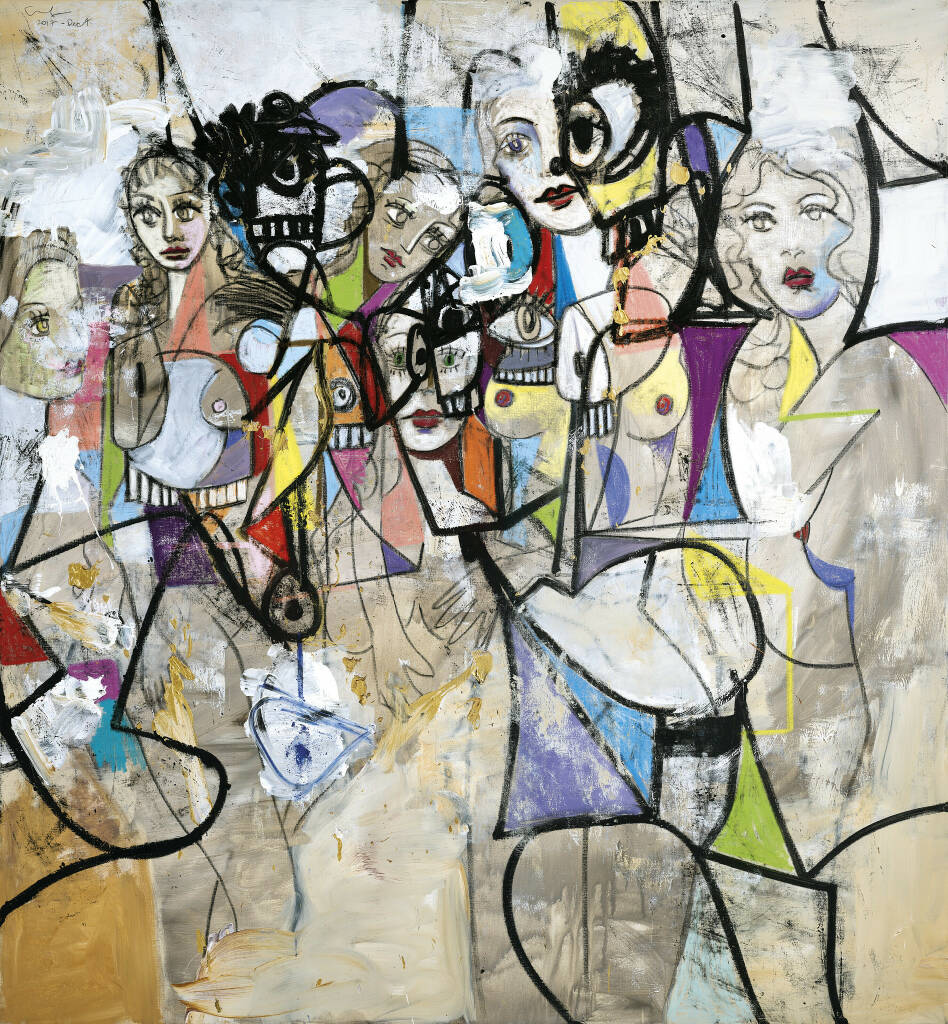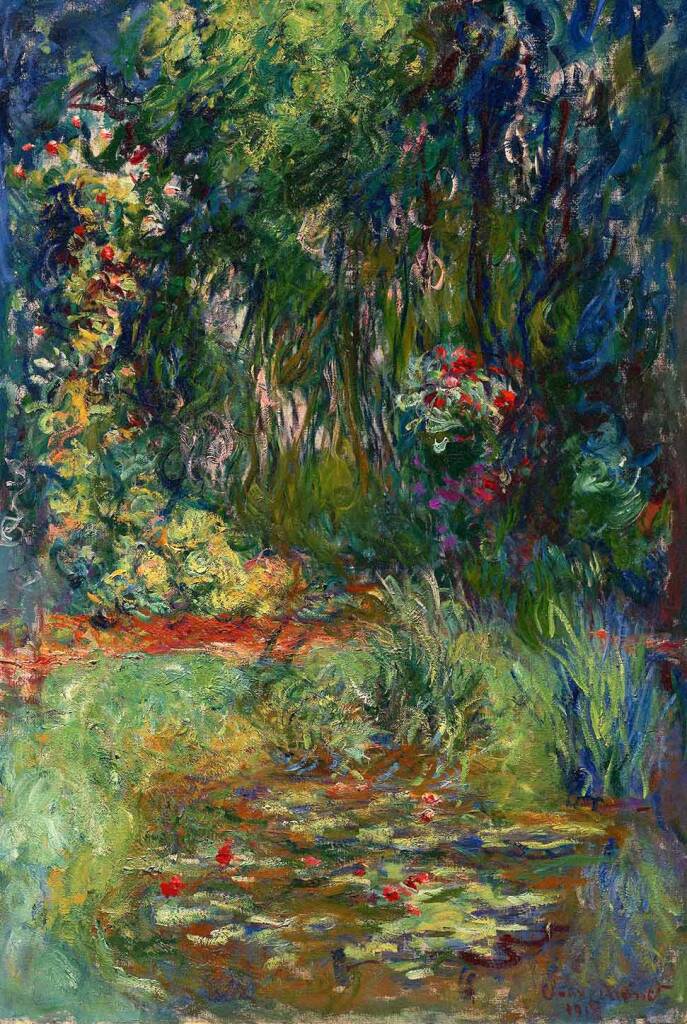art history
The Evolution of Renaissance Art and Its Cultural Impact
The Renaissance period, spanning roughly from the 14th to the 17th century, marks a profound transformation in the history of art, characterized by a renewed interest in classical antiquity, humanism, and scientific inquiry. This era, often regarded as a bridge between the Middle Ages and the modern age, witnessed an extraordinary evolution in artistic techniques, themes, and cultural significance. The development of Renaissance art was not merely a stylistic shift but also a reflection of broader societal changes that emphasized individualism, exploration, and intellectual curiosity. As artists began to experiment with new methods and perspectives, their work increasingly embodied the ideals of harmony, balance, and realism, which continue to influence artistic practices today.
One of the most notable aspects of Renaissance art was the mastery of perspective, which allowed artists to create a sense of depth and three-dimensionality on a two-dimensional surface. This innovation, pioneered by figures such as Filippo Brunelleschi and Leon Battista Alberti, revolutionized the way space was depicted in art. Consequently, compositions became more naturalistic and engaging, drawing viewers into the scene with a heightened sense of realism. Alongside perspective, the use of chiaroscuro— the contrast of light and shadow— enhanced the three-dimensional effect and added emotional depth to the figures. Artists like Leonardo da Vinci and Michelangelo harnessed these techniques to produce works that conveyed both technical brilliance and profound human emotion.
Furthermore, the Renaissance was marked by a renewed focus on the human figure, emphasizing anatomical accuracy and expressive detail. This shift was driven by a burgeoning interest in humanism, which placed humans at the center of intellectual and artistic pursuits. Artists studied anatomy meticulously, often dissecting cadavers to understand musculature and bone structure, thereby achieving unprecedented levels of realism. The portrayal of the human form became a central theme, exemplified by Michelangelo’s sculptures such as David and his frescoes in the Sistine Chapel, which exemplify idealized yet naturalistic representations of the human body. These works not only demonstrated technical skill but also conveyed complex ideas about human potential, divine inspiration, and individual achievement.
The cultural impact of Renaissance art extended beyond aesthetics, influencing societal values and intellectual discourse. Art became a means of exploring and expressing new ideas about nature, science, and philosophy. The period saw the emergence of art as a form of personal expression and a reflection of individual identity, which was a departure from the more collective and religiously centered art of earlier periods. This shift contributed to the development of a more secular society where art served both religious and worldly purposes. Moreover, the patronage of wealthy families, such as the Medici in Florence, fostered an environment where artists could innovate and experiment freely, leading to a flourishing of creativity and technical mastery.
In addition, Renaissance art played a crucial role in shaping Western cultural identity. The dissemination of artworks through prints and the establishment of artistic academies helped spread Renaissance ideals across Europe, influencing subsequent generations of artists and thinkers. The period’s emphasis on observation, scientific inquiry, and individual talent laid the groundwork for modern notions of artistic innovation and intellectual exploration. Ultimately, the evolution of Renaissance art not only transformed visual culture but also contributed significantly to the broader cultural and intellectual currents that continue to influence society today. Its enduring legacy lies in its celebration of human potential, mastery of technique, and the profound connection between art and the human experience.
Exploring Ancient Egyptian Symbolism in Tomb Art
Art history offers a profound window into the beliefs, values, and cultural practices of ancient civilizations, and among these, the art of ancient Egypt stands out for its rich symbolism and enduring significance. Exploring the symbolism embedded within tomb art reveals not only the artistic achievements of the period but also provides insight into the spiritual and religious worldview of the ancient Egyptians. Tomb art, which was meticulously crafted to serve both decorative and functional purposes, was deeply intertwined with their concepts of the afterlife, divine authority, and cosmic order. As a result, the symbols depicted in these artworks are not merely decorative motifs but are imbued with layered meanings that reflect the civilization’s complex spiritual beliefs.
One of the most prominent features of ancient Egyptian tomb art is the extensive use of iconography related to the afterlife. For instance, the depiction of the god Osiris, often shown as a mummified figure, symbolizes resurrection and eternal life. The presence of Osiris in tomb scenes underscores the Egyptians’ belief in life after death and the hope for rebirth. Similarly, the use of the ankh, a cross with a loop at the top, is ubiquitous in tomb art and represents life itself. Its frequent appearance in the hands of deities and pharaohs signifies the divine gift of eternal life, serving as a powerful symbol of hope and continuity beyond mortal existence.
Furthermore, the concept of Ma’at, which embodies truth, balance, and cosmic order, is central to understanding Egyptian symbolism. The feather of Ma’at, often depicted in scenes of judgment, is used to weigh the heart of the deceased against it. If the heart is found to be pure, the soul is granted passage into the afterlife; if not, it faces destruction. This act of judgment, known as the “Weighing of the Heart,” is a recurring motif in tomb art and encapsulates the moral and spiritual ideals that governed Egyptian society. The balance and harmony represented by Ma’at are also reflected in the symmetrical compositions and orderly arrangements of figures within tomb scenes, emphasizing the importance of cosmic stability.
In addition to religious symbolism, Egyptian tomb art frequently features symbols associated with protection and power. The scarab beetle, for example, is a common motif representing rebirth and transformation, as well as divine protection. The scarab’s association with the sun god Ra further emphasizes themes of renewal and cyclical nature of time. Similarly, the use of colors in tomb art is highly symbolic; green signifies fertility and rebirth, black symbolizes the fertile soil of the Nile and resurrection, while gold represents the divine and eternal nature of the gods. These color choices were deliberate and served to reinforce the spiritual messages conveyed through the artwork.
Moreover, the hieroglyphic inscriptions accompanying images often contain spells, prayers, and names that serve to invoke divine protection and ensure safe passage into the afterlife. These inscriptions are integral to understanding the symbolic language of Egyptian tomb art, as they provide context and clarify the meanings of the visual motifs. Together, imagery and text form a cohesive narrative that guides the deceased through the journey of death and rebirth, reflecting the Egyptians’ unwavering belief in the continuity of life beyond the mortal realm.
In conclusion, the symbolism embedded within ancient Egyptian tomb art is a testament to their complex spiritual worldview and their desire to secure eternal life. Through a sophisticated system of iconography, color symbolism, and inscriptions, the Egyptians conveyed profound religious ideas that continue to fascinate scholars and admirers today. By examining these symbols, we gain not only an appreciation for their artistic mastery but also a deeper understanding of the civilization’s enduring quest for immortality and harmony with the divine.
The Influence of Impressionism on Modern Artistic Techniques
The influence of Impressionism on modern artistic techniques represents a pivotal development in the evolution of visual art, marking a significant departure from traditional methods and paving the way for innovative approaches that continue to shape contemporary practices. Originating in France during the late 19th century, Impressionism emerged as a response to the rigid academic standards that dominated the art world at the time. Artists such as Claude Monet, Pierre-Auguste Renoir, and Edgar Degas sought to capture fleeting moments and the transient effects of light and atmosphere, emphasizing spontaneity and personal perception over precise realism. This movement fundamentally challenged the conventions of academic painting, encouraging artists to experiment with new techniques and to prioritize individual expression.
One of the most notable contributions of Impressionism to modern art lies in its emphasis on the perception of light and color. Impressionists employed short, visible brushstrokes and a vibrant palette to depict scenes as they appeared in natural light, often capturing the changing qualities of the environment. This approach not only created a sense of immediacy and movement within the artwork but also influenced subsequent generations of artists to explore the expressive potential of color and brushwork. As a result, modern artists began to move away from the detailed, polished finishes characteristic of academic painting, favoring instead a more spontaneous and subjective interpretation of their subjects.
Furthermore, Impressionism’s focus on capturing everyday life and ordinary scenes contributed to a broader shift in artistic themes. By depicting urban landscapes, leisure activities, and domestic settings, Impressionists democratized subject matter, making art more accessible and relevant to a wider audience. This democratization laid the groundwork for later movements such as Post-Impressionism, Fauvism, and Cubism, which continued to challenge traditional notions of beauty and representation. The movement’s emphasis on personal experience and perception also encouraged artists to experiment with new perspectives and unconventional compositions, fostering a spirit of innovation that persists in modern art.
In addition to its stylistic innovations, Impressionism’s influence extends to the development of modern techniques such as plein air painting, which involves painting outdoors to directly observe natural light and atmosphere. This practice allowed artists to capture the immediacy of their environment with greater authenticity, a technique that has been adopted and adapted by countless modern painters. Moreover, the Impressionists’ willingness to break away from studio-bound practices and embrace spontaneity has inspired contemporary artists to explore new mediums and methods, including digital art and mixed media, further demonstrating the movement’s enduring impact.
Overall, the legacy of Impressionism in modern artistic techniques is profound and multifaceted. Its revolutionary approach to light, color, subject matter, and technique challenged established norms and opened new avenues for artistic expression. By emphasizing perception, immediacy, and experimentation, Impressionism not only transformed the landscape of 19th-century art but also laid the foundational principles that continue to influence modern and contemporary art practices. Consequently, understanding the movement’s contributions provides valuable insight into the ongoing evolution of artistic innovation and the enduring quest to depict the human experience through visual means.




Responses